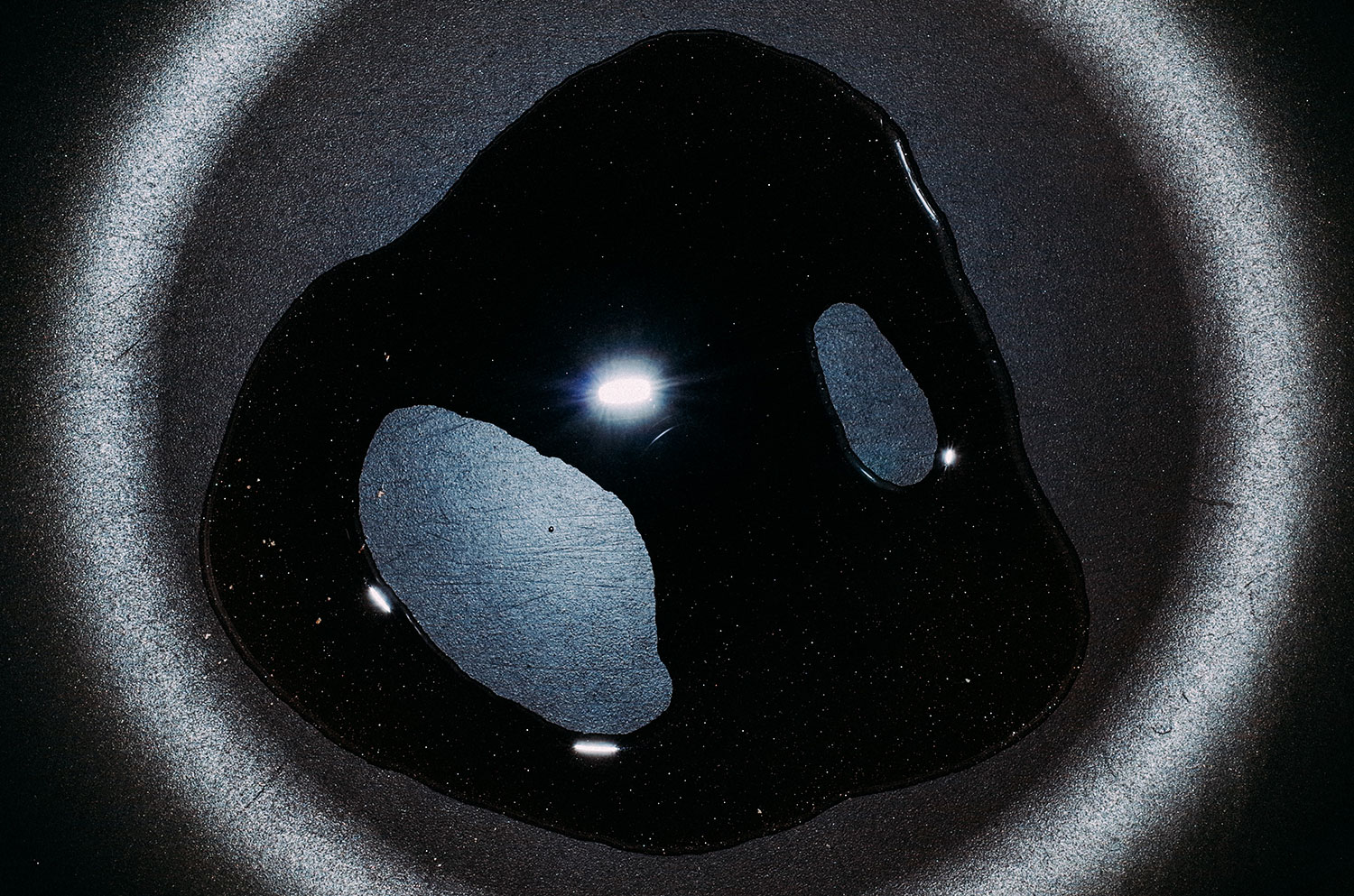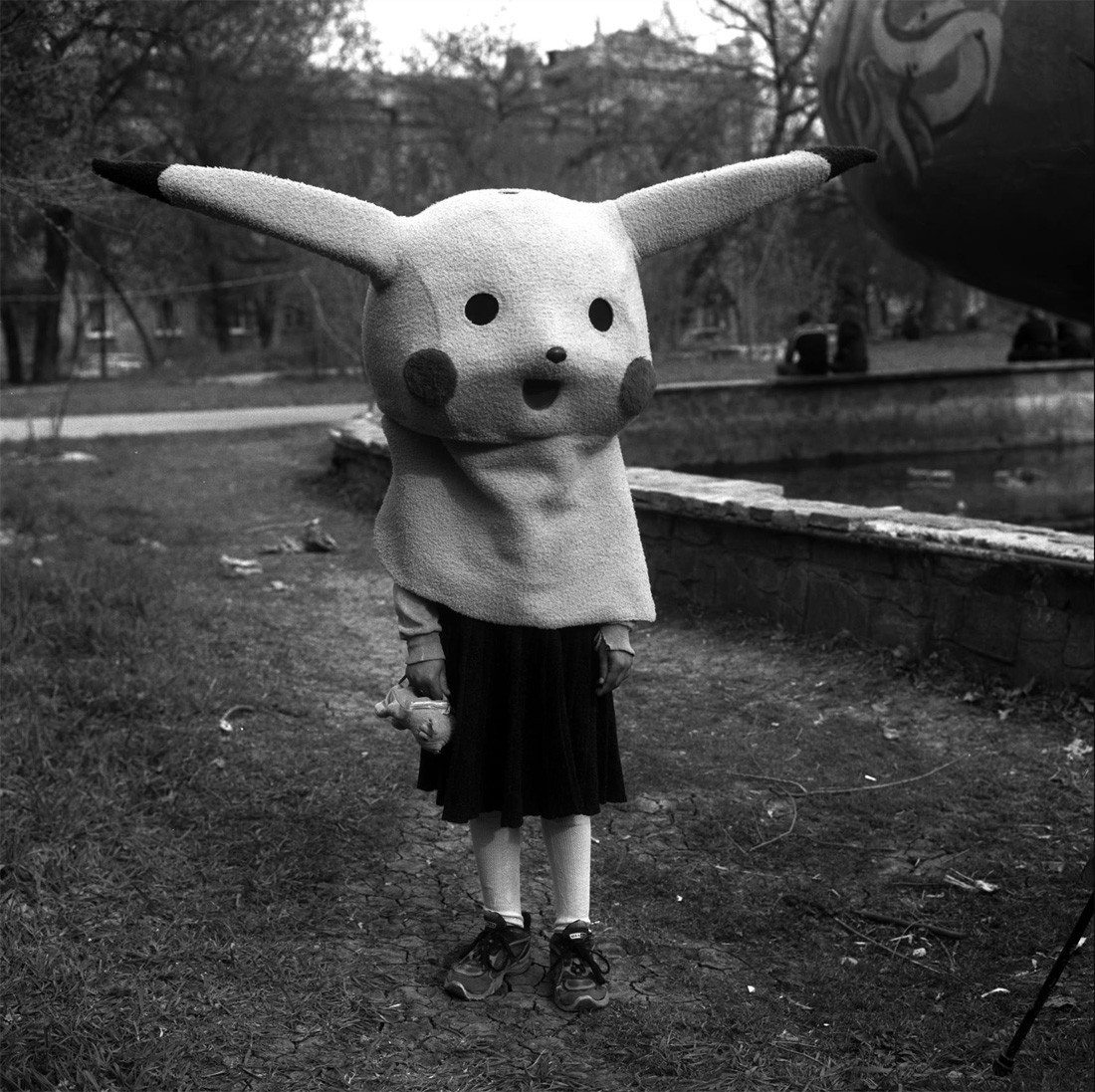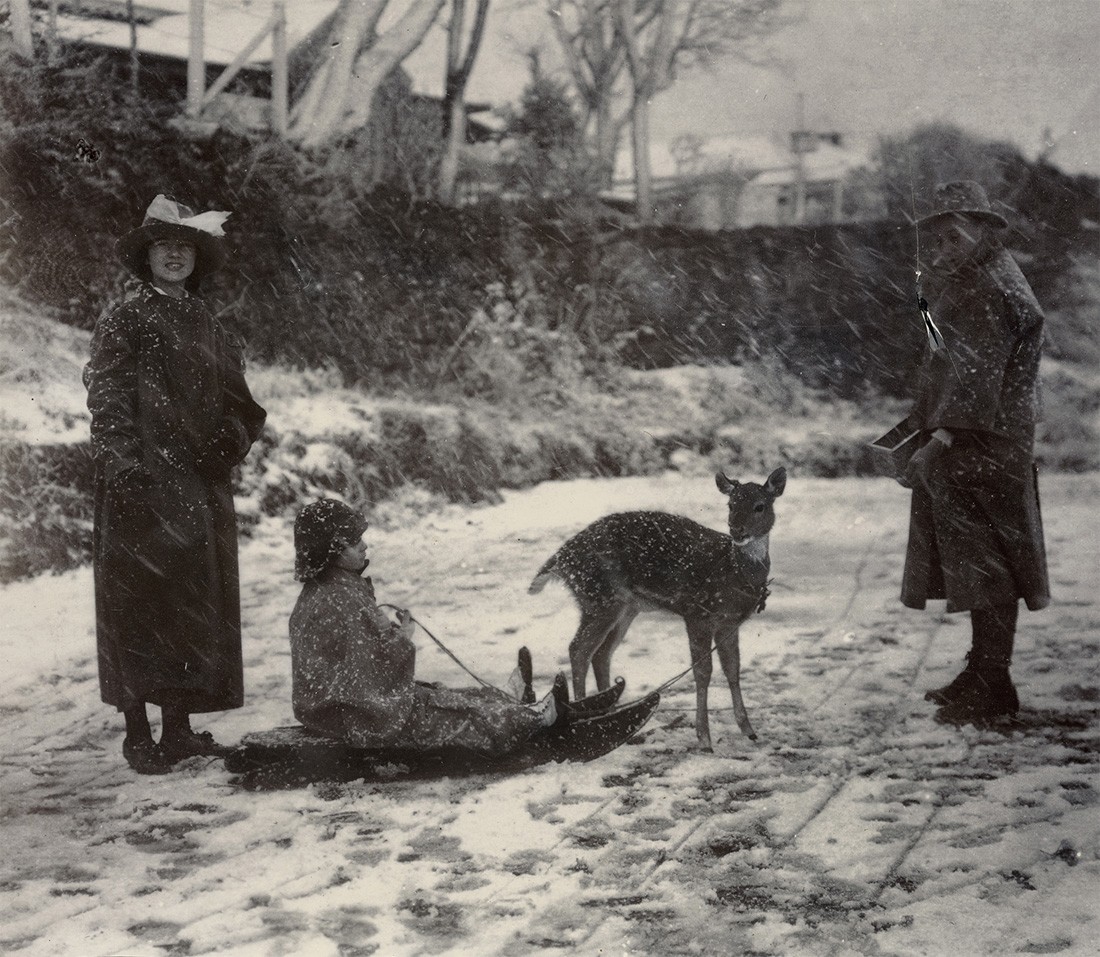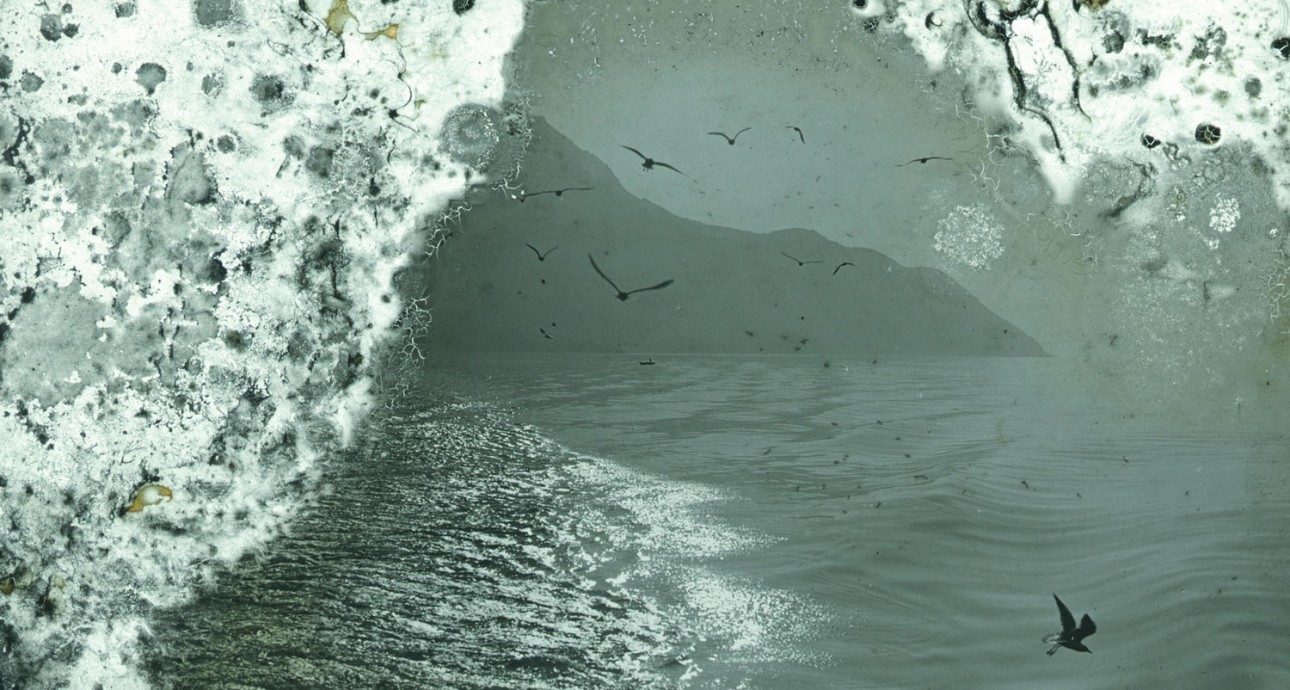
Tainted with Time: Moldy Photographs, Found by Luce Lebart

Luce Lebart works and lives in Paris, France. She is the director of the collections of the French Society of Photography. She also works as an independent photography historian and curator. She is an expert in photographic techniques and processes and the author of many articles and books.
As I was preparing the digitalization of the SFP autochrome collection, I unexpectedly found two heavy wooden boxes. Upon opening it, I discovered that the glass plates inside had been damaged by mold. As if by magic, this natural process of distortion by microorganisms had transformed the images into abstract compositions whose diversity of forms are by turns beguiling and otherworldly.
Victims of a flood, these glass plates had been put to one side and forgotten about, left in the dark for perhaps more than fifty years. Mold poses the risk of contaminating and endangering other images. Moldy plates threaten to wreck other collections and the SFP makes a conscious effort to isolate or eliminate them from the archives. However, in a strange turn of events, the uncovering of this collection reveals the extraordinary, albeit undesired, ways in which mold breeding over time can distort, embellish and manipulate the original photographic image.
The idea of finding out the original author crossed my mind. However, my attempt to find the photographer quickly came to a close. The images had dramatically changed and become something entirely different. Left to the ravages of mold, their original subjects have for the most part been erased or disfigured. The images’ original author has been replaced by the unpredictable work of mold – the most feared enemy of the archive.
In the editing of the book Mold Is Beautiful, I selected the images which best exemplified the ways in which the formations and alterations carried out by the mold had integrated with the original content of the image itself: “I love it when the subject of the image mixes with the mold and creates something new”. For example, in the image of the lake the molded gelatin progressively disappears and gives way to the visual effect of a flock of birds in flight towards the sky.
Mold Is Beautiful reminds us that the aesthetic qualities of a photograph are free and independent from the artist’s will. It also reminds us that creativity is everywhere, even where we least expect it.
Translation by Rhianna Hayllor.
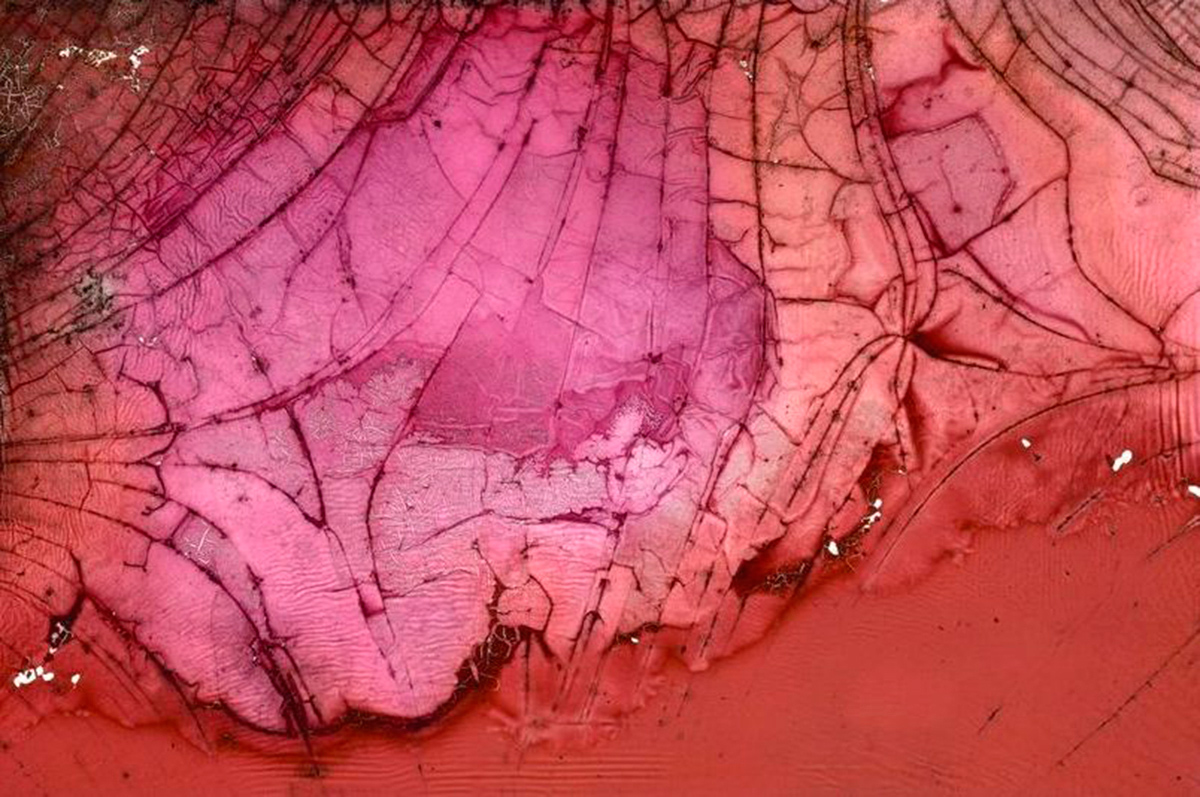
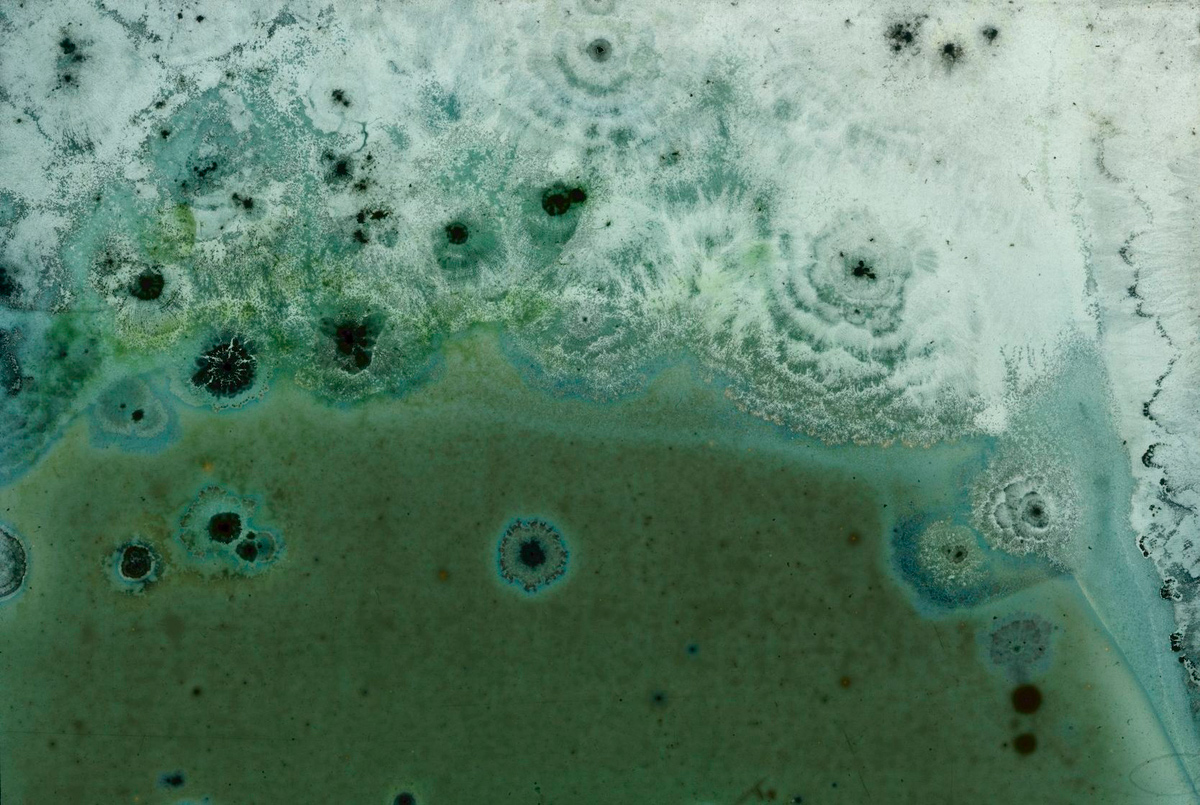
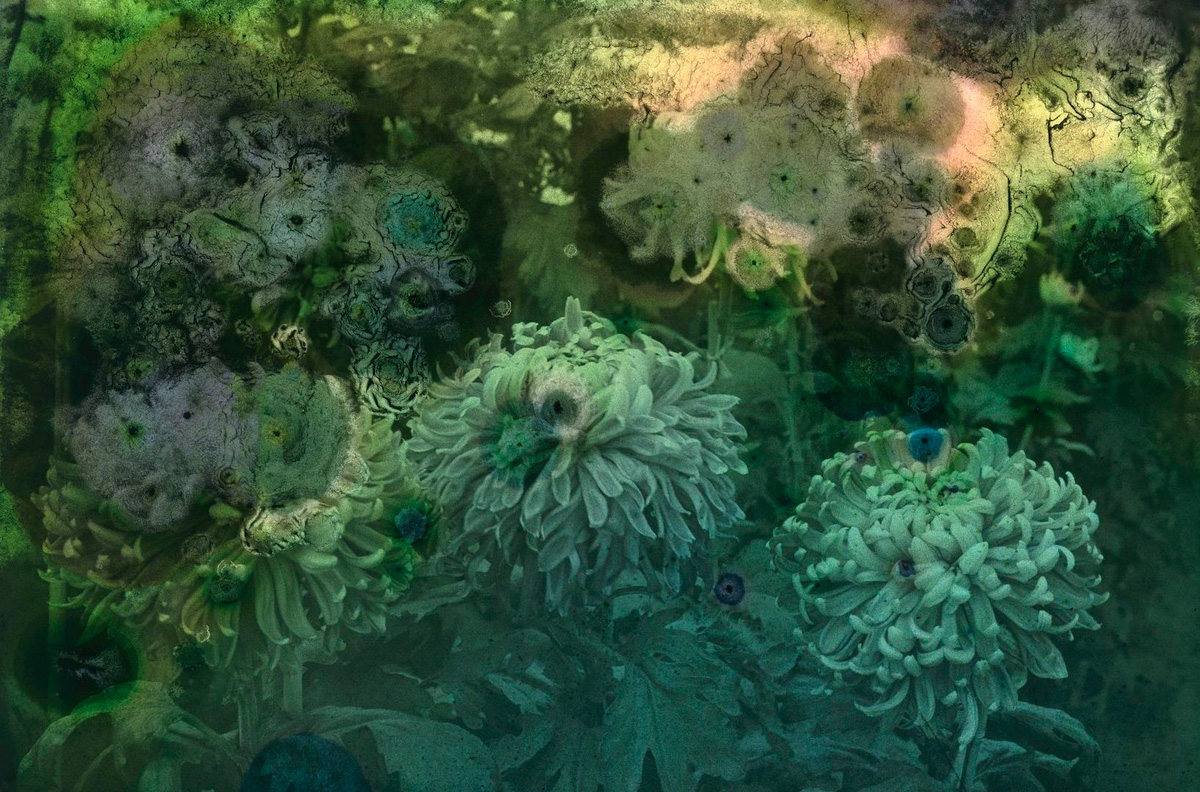
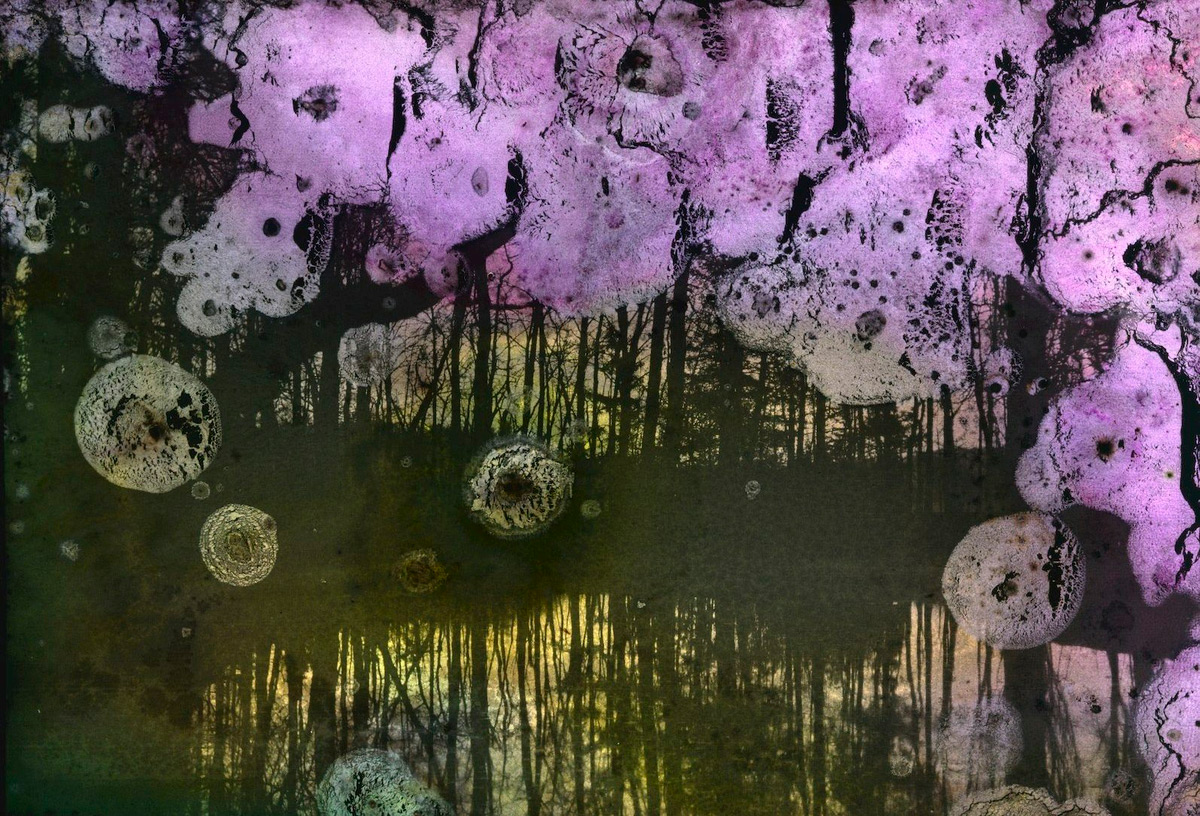
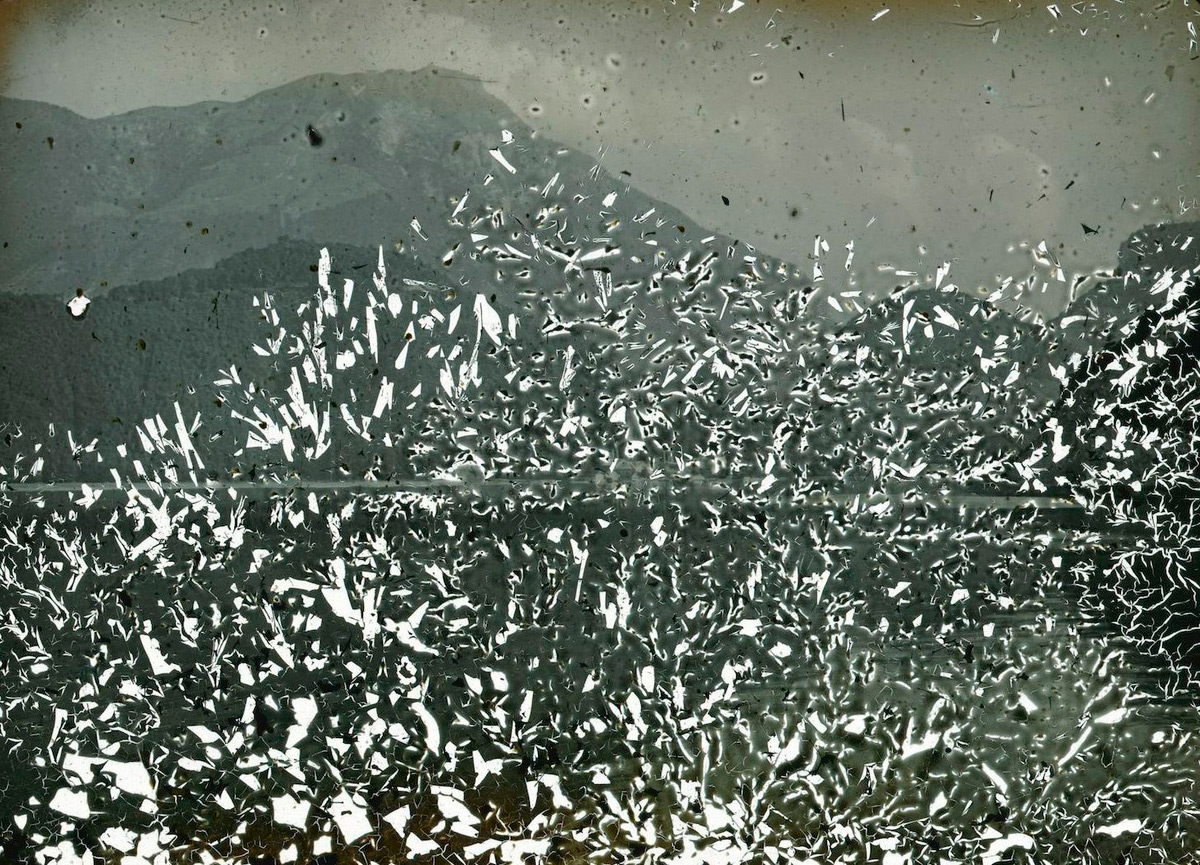
New and best
